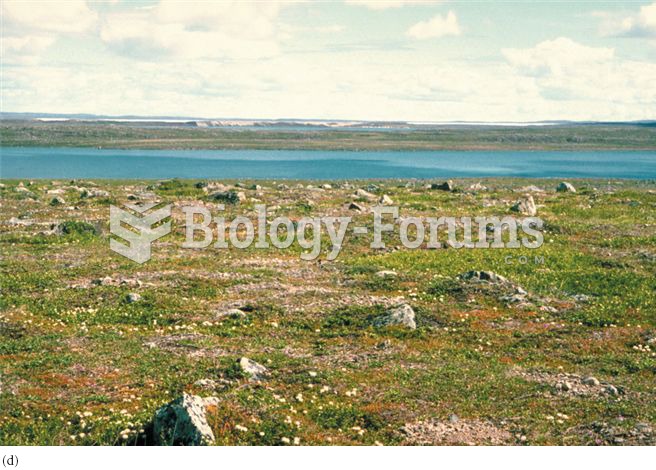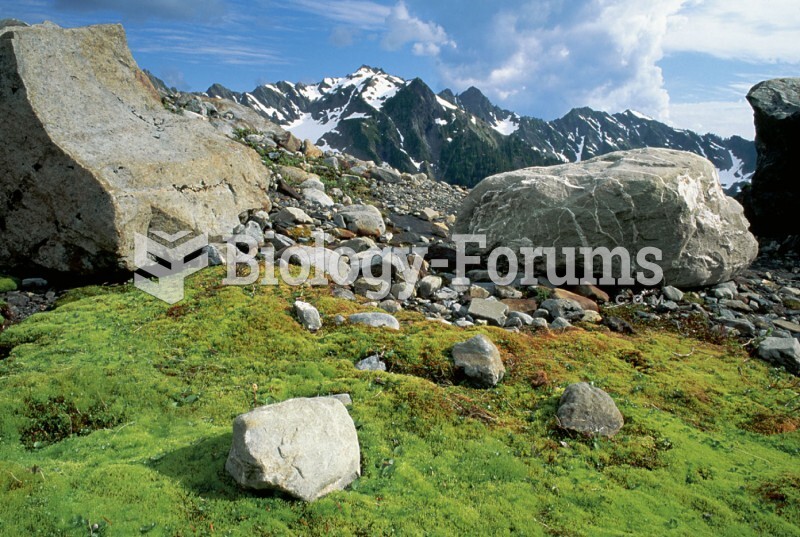Answer to Question 1
Answers will vary. Some examples may include:
Roche moutonne: asymmetrical hills of exposed bedrock formed by plucking and abrasion.
Artes: sharp ridge forms created by adjacent valley glaciers.
Col: when two eroding cirques reduce an arte to a saddle-like depression or pass.
Horn: a pyramidal peak formed from individual cirques gouging an individual mountain summit.
Bergschrund: a crevasse that separates flowing ice from stagnant ice in the upper reaches of a glacier.
U-shaped valleys: formed by valley glaciers (in comparison to stream cut V-shapes).
Paternoster lakes: small, circular, stair-stepped lakes due to different resistance of rock or damming by glacial deposits.
Fjords: glacial valleys filled with water where valley glacier met sea and undercut below sea level.
Various classes of moraines: accumulation of unconsolidated glacial till.
Drumlins: spoon-like hills in till plain streamlined in the direction of glacial movement.
Esker: sinuously curving narrow ridge of course sand and gravel.
Kame: small hill, knob, or mound of sorted sand and gravel from meltwater.
Kettle: steep-sided holes, often filled with water, formed by isolated blocks of ice after retreat of glacier and the continued accumulations of debris.
Answer to Question 2
Equatorial lowthermal10 N to 10 Swarm/wet air temperature and moisture; subtropical highdynamic20 - 35 N/Shot/dry air temperature and moisture; subpolar lowdynamic60 N/Scool/wet temperature and moisture; polar highthermal900 N/Scold/dry temperature and moisture. These four pressure areas drive the major wind patterns of the trade winds, westerlies, and polar easterlies.







